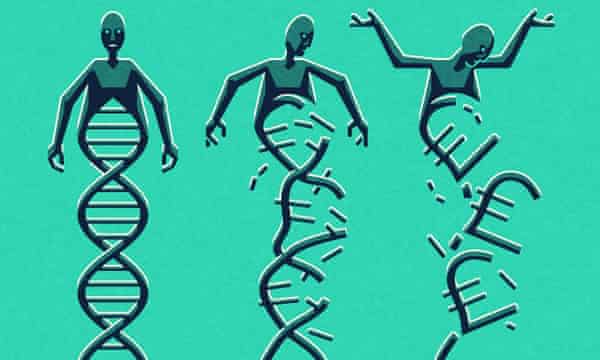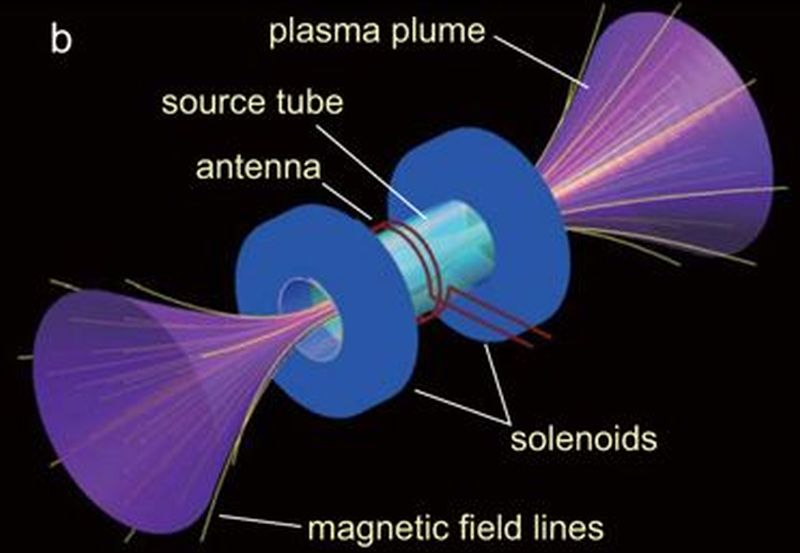Get the latest international news and world events from around the world.



How billionaire Tesla and SpaceX CEO Elon Musk went from getting bullied as a child to becoming one of the most successful and provocative men in tech
It seems like there’s nothing Elon Musk can’t do.
As CEO of SpaceX and Tesla, founder of The Boring Company, and cofounder of OpenAI and Neuralink, Musk seems to be everywhere all at once, pushing all kinds of futuristic technologies. He’s said he won’t be happy until we’ve escaped Earth and colonized Mars.
Between space rockets, electric cars, solar batteries, and the billions he’s made along the way, Musk is basically a real-life Tony Stark — which is why he served as an inspiration for Marvel’s 2008 “Iron Man” film.

What happens to our online lives after we die?
But people’s “digital afterlives” extend far beyond Facebook. When a 21st century citizen dies, they often leave behind a trove of posts, private messages, and personal information on everything from Twitter to online bank records. Who owns this data, and whose responsibility is it to protect the privacy of the deceased? Faheem Hussain, a social scientist at Arizona State University in Tempe, has spent the past few years peering into the murky waters of how people, platforms, and governments manage the digital lives we leave behind.
Hussain gave a presentation on our digital legacies today at the annual meeting of the American Association for the Advancement of Science (AAAS), which publishes Science. We caught up with Hussain to talk about why online platforms should encourage people to plan ahead for their imminent deaths, whether you have a right to privacy after you die, and the strange new culture of digital mourning.

A New Solution to the Space Junk Problem. Spacecraft with Plasma Beams to Force Space Junk to Burn Up
Space junk is a growing problem. For decades we have been sending satellites into orbit around Earth. Some of them de-orbit and burn up in Earth’s atmosphere, or crash into the surface. But most of the stuff we send into orbit is still up there.
This is becoming an acute problem as years go by and we launch more and more hardware into orbit. Since the very first satellite—Sputnik 1—was launched into orbit in 1957, over 8000 satellites have ben placed in orbit. As of 2018, an estimated 4900 are still in orbit. About 3000 of those are not operational. They’re space junk. The risk of collision is growing, and scientists are working on solutions. The problem will compound itself over time, as collisions between objects create more pieces of debris that have to be dealt with.


The Killer Robot Takeover is Inevitable
VICE gained exclusive access to a small fleet of US Army bomb disposal robots—the same platforms the military has weaponized—and to a pair of DARPA’s six-foot-tall bipedal humanoid robots. We also meet Nobel Peace Prize winner Jody Williams, renowned physicist Max Tegmark, and others who grapple with the specter of artificial intelligence, killer robots, and a technological precedent forged in the atomic age. It’s a story about the evolving relationship between humans and robots, and what AI in machines bodes for the future of war and the human race.
About VICE:
The Definitive Guide To Enlightening Information. From every corner of the planet, our immersive, caustic, ground-breaking and often bizarre stories have changed the way people think about culture, crime, art, parties, fashion, protest, the internet and other subjects that don’t even have names yet. Browse the growing library and discover corners of the world you never knew existed. Welcome to VICE.
Connect with VICE:
Check out our full video catalog: http://bit.ly/VICE-Videos
Videos, daily editorial and more: http://vice.com
More videos from the VICE network: https://www.fb.com/vicevideo
Like VICE on Facebook: http://fb.com/vice
Follow VICE on Twitter: http://twitter.com/vice
Follow us on Instagram: http://instagram.com/vice
The VICE YouTube Network:
VICE: https://www.youtube.com/VICE
MUNCHIES: https://www.youtube.com/MUNCHIES
VICE News: https://www.youtube.com/VICENews
VICELAND: https://www.youtube.com/VICELANDTV
Broadly: https://www.youtube.com/Broadly
Noisey: https://www.youtube.com/Noisey
Motherboard: https://www.youtube.com/MotherboardTV
VICE Sports: https://www.youtube.com/NOC
i-D: https://www.youtube.com/iDmagazine
Waypoint: https://www.youtube.com/Waypoint
Build it. Code it. Fall in LOVE
Welcome your new family member.